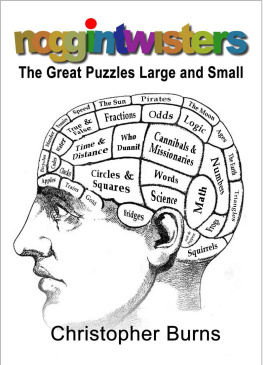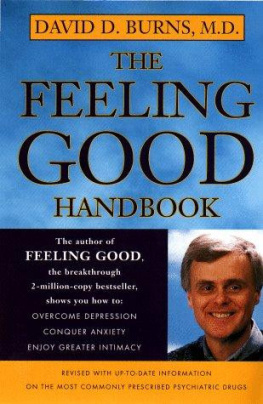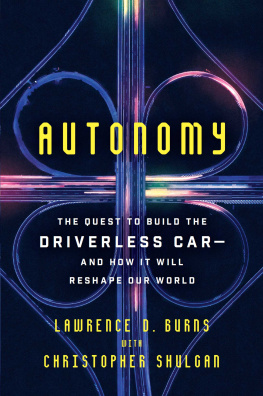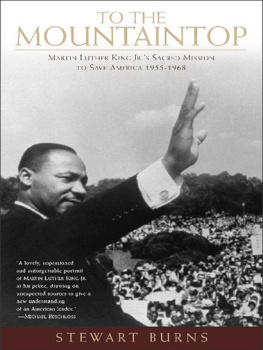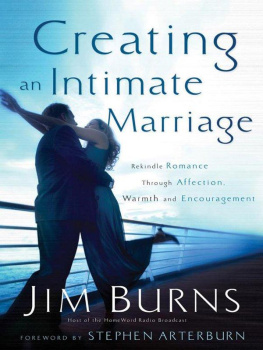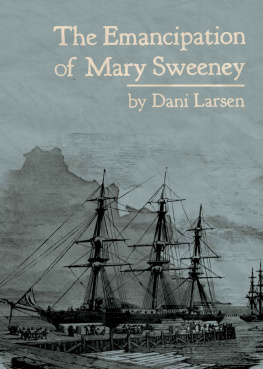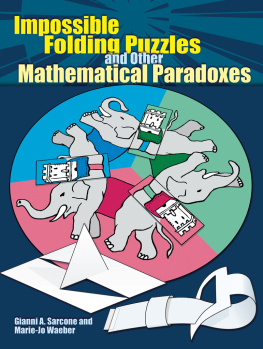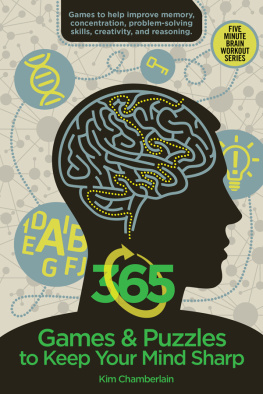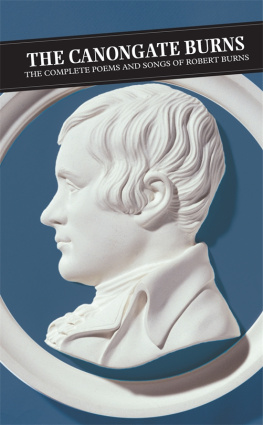Burns - Noggintwisters: The Great Puzzles Large and Small
Here you can read online Burns - Noggintwisters: The Great Puzzles Large and Small full text of the book (entire story) in english for free. Download pdf and epub, get meaning, cover and reviews about this ebook. year: 2012, publisher: The Seashell Press, genre: Children. Description of the work, (preface) as well as reviews are available. Best literature library LitArk.com created for fans of good reading and offers a wide selection of genres:
Romance novel
Science fiction
Adventure
Detective
Science
History
Home and family
Prose
Art
Politics
Computer
Non-fiction
Religion
Business
Children
Humor
Choose a favorite category and find really read worthwhile books. Enjoy immersion in the world of imagination, feel the emotions of the characters or learn something new for yourself, make an fascinating discovery.
- Book:Noggintwisters: The Great Puzzles Large and Small
- Author:
- Publisher:The Seashell Press
- Genre:
- Year:2012
- Rating:5 / 5
- Favourites:Add to favourites
- Your mark:
- 100
- 1
- 2
- 3
- 4
- 5
Noggintwisters: The Great Puzzles Large and Small: summary, description and annotation
We offer to read an annotation, description, summary or preface (depends on what the author of the book "Noggintwisters: The Great Puzzles Large and Small" wrote himself). If you haven't found the necessary information about the book — write in the comments, we will try to find it.
A short paragraph describing the publication
Noggintwisters: The Great Puzzles Large and Small — read online for free the complete book (whole text) full work
Below is the text of the book, divided by pages. System saving the place of the last page read, allows you to conveniently read the book "Noggintwisters: The Great Puzzles Large and Small" online for free, without having to search again every time where you left off. Put a bookmark, and you can go to the page where you finished reading at any time.
Font size:
Interval:
Bookmark:
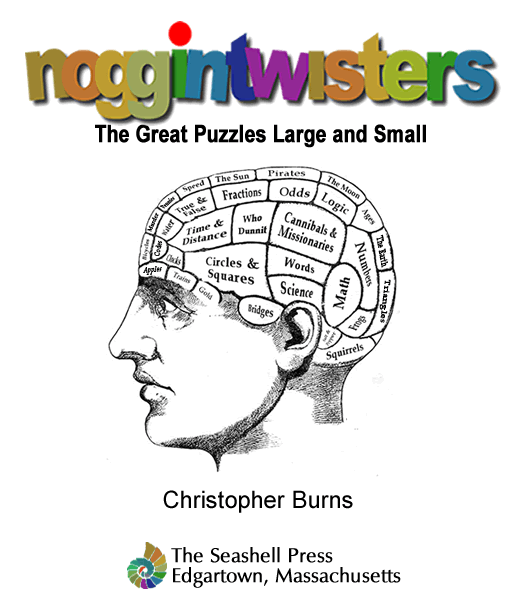
For Chris, whose skill as a mathematician and patience as a teacher made this book both possible and a pleasure.
Noggintwisters, Copyright (c) 2012 by Christopher Burns. All rights reserved. Except as noted, no part of this book may be used or reproduced in any manner whatsoever without written permission except in the case of brief quotations embodied in critical articles or reviews. Release 1.10 July 2012.
We have tried very hard to scrub this book of any errors, but if you find a typo, a mistaken calculation, or a better solution to any of these problems please let us know and we will refund the price of the book. Thanks for your vigilance and help. Comments and corrections may be sent to
noggintwisters@theseashellpress.com
"What we learn with pleasure, we never forget." Louis Mercier
"Tell me and I'll forget; show me and I remember; involve me and I'll understand."
Chinese Proverb
Table of Contents
Introduction
The best puzzles are fun because they are surprising, not because they are hard. They challenge us to question the obvious, and think about familiar ideas in unfamiliar ways. From the simplest little counting problems to the deep and unanswerable questions of game theory, these mind games have egged us on for thousands of years, teaching us to see problems in a larger context or from a new angle, helping us to think more critically about assumptions we never doubted before.
Gathered from dozens of puzzle writers going back almost two hundred years, the problems in this book proceed from very simple to very hard, with 12 noggintwisters at the end that are the toughest I have ever found. And they are organized by type so you can develop a strategy for solving one class of puzzles, and then practice it a couple of times before moving on.
Could you look up the answer right away? Sure, but what fun would that be? Unlike most puzzle books, this one gives you a hint in each case, providing rules you may not know or remember, suggesting an approach, and even giving you a little demonstration of how the answer was arrived at so you can get the next one on your own.
Why do puzzles? For the same reason you cross a stream on a log, practice the piano, or climb a higher mountain this time than you did the last. Puzzles give you confidence that if you master a few rules of thinking and work at it for a while, you can find a solution to most problems. You start to see the world as a more interesting place, full of joy and contradictions, understandable at a deeper level than you had ever noticed before, manageable. This isn't television. These problems don't crack open at the first blow; you have to work at them. Try a new strategy; look at it a different way. I have spent hours and even days trying to solve some of these famous riddles, even when I knew the answer. But once you figure out the first one, you are a little more confident about tackling the next.
And it isn't always knowledge or reason that reveals the solution. It is often insight, a sudden and unobvious thought that puts the whole situation in a different light. Johannes Kepler, the Renaissance astronomer and mathematician, carefully plotted the positions of the planets as they orbited the sun, and every time he did it the data showed the path to be elliptical. But for ten years he dismissed these results as false, since he knew perfectly well that orbits could only be circular. "I was almost driven to madness in considering and calculating this matter," he wrote later. "I could not find out why the planets would rather go on an elliptical orbit [than a circular one]. Oh, ridiculous me."
Sometimes the key is having the courage to see what "reason" tells you cannot be true. By 1905, several others had developed the mathematics for understanding special relativity and then they set the subject aside as an "oddity". But the 26-year old Einstein was willing to carry those calculations to their astonishing conclusion. "It is the theory," he later wrote, "that allows us to see the evidence." Some things must be believed to be seen.
Scientists have begun to distinguish between analytical and intuitive thought, and both are at play in puzzle solving. In fact, reason often tells us the problem cannot be solved, while intuition, pride, stubbornness, or a sense of fun tickles us to try again. Reason provides the strength of an analytical framework, while imagination pulls us in another direction, suggesting new strategies to be considered. And in these puzzles you will feel that wonderful tug of war over and over again.
One of the puzzles comes from an Egyptian scroll, written four thousand years ago by someone named Ahmes. Several of them are from Greek and Roman puzzle books. One is by Abe Lincoln, a puzzle fan himself, and another was written by Nobel laureate Richard Feynman when he was in high school. The last one was written by Albert Einstein. One puzzle was developed by the British spy agency as a recruiting test, another comes from the CIAand still has not been solved.
Eratosthenes, director of the library of Alexandria, shows you how to calculate the circumference of the earth. Archimedes explains how he caught the dishonest goldsmith. Galileo hangs weights from the chandeliers in his 17th century cathedral and gets them swinging back and forth. Newton tells you when to add cream to your coffee. Euler shows you how to cross the bridges of Knigsburg. Sherlock Holmes demonstrates how to solve a crime. Alexander Calder teaches you to balance a mobile, and Arthur Clarke sends an elevator into space.
A third of these puzzles require deduction, logic, working something out. Thirty require a little math, though none depend on more than basic high school algebra. Thirty challenge your language abilities, and about thirty test your understanding of elementary physics and geometry. These are exercises in thinking, not tests of knowledge. But after you have been doing puzzles for a while you learn something else: persistence, clarity of mind and an openness to new ideas are the real keys to success. Puzzles teach us that no matter how old you are or how much you know, you can find the solution. Don't throw up your hands. Buckle down and experience the thrill of doing the next one on your own. Be indefatigable. And enjoy yourself.
Christopher Burns
Warmups
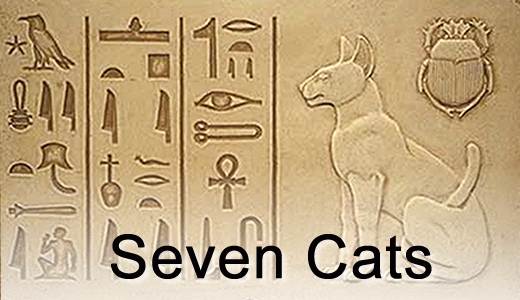
This puzzle was found on an Egyptian scroll (The Rhind Papyrus), written by a person named Ahmes in about 1650 BC: In each of seven houses, there live seven cats. Each cat kills seven mice, and each mouse would have eaten seven ears of corn. Each ear of corn would have produced seven sacks of grain. How many sacks of grain were saved by the cats?

Simple, but on the other hand, who would have imagined that the Egyptians thought it was fun to ask each other math questions? This one you can answer on your own.
Photo: Early Egyptian wall plaque.

A frog stuck at the bottom of a 30 foot hole hops up three feet each day but slides back two feet each night. How many days will it take him to escape?

The frog doesn't always slip back.
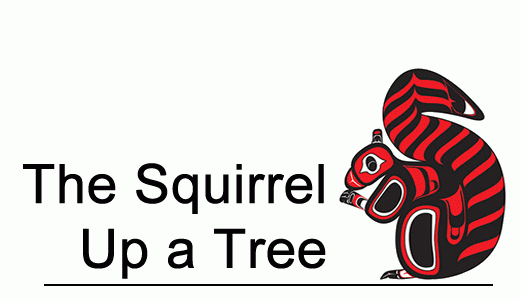 Next page
Next pageFont size:
Interval:
Bookmark:
Similar books «Noggintwisters: The Great Puzzles Large and Small»
Look at similar books to Noggintwisters: The Great Puzzles Large and Small. We have selected literature similar in name and meaning in the hope of providing readers with more options to find new, interesting, not yet read works.
Discussion, reviews of the book Noggintwisters: The Great Puzzles Large and Small and just readers' own opinions. Leave your comments, write what you think about the work, its meaning or the main characters. Specify what exactly you liked and what you didn't like, and why you think so.

